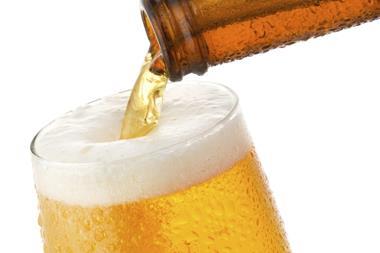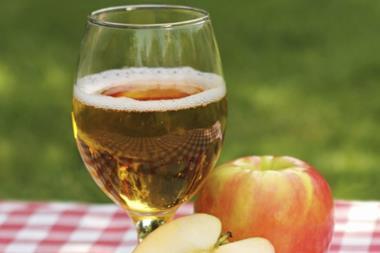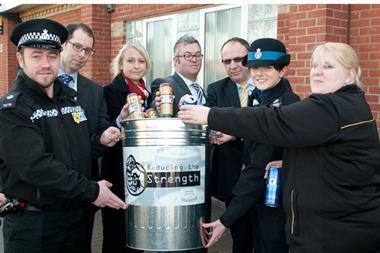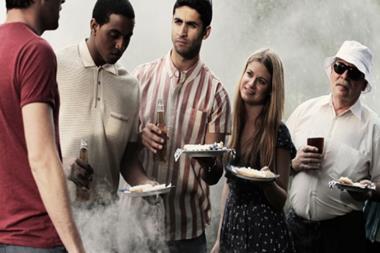Households are stocking up on all the festive essentials at the moment, including something close to my heart - lager. But sadly, they’re unlikely to be buying many British brands.
Lager is the biggest long alcoholic drinks category. It controls 62% of the market by volume compared with ale’s 12.5% and cider’s 18.5% [Nielsen], but unlike ale and cider, both growing at 3% respectively, UK lager is struggling, declining 2% per annum with no real signs of growth from the major players. So why are ale and cider experiencing growth but not lager?
The growth in ale and cider can be attributed to the off-trade offering diversity and choice in flavour, regionality, provenance and traceability and mainly with British products. Variety keeps drinkers interested and engaged and has worked so well that UK retailers have given more space to ale and cider than these categories deserve based upon their volumes.
“The British lager category could be as successful as British ale”
Now look at retailers’ lager offering: mainstream standard lager, mainstream premium lager and discovery beer. The first two are mainly made up of brands that have been around since the 1970s, get large advertising support and claim international provenance when in a number of cases they have been produced in the UK for the last 30 years. Most offer no real traceability, sourcing ingredients where they can to get the lowest price. Price also often drives speed of production - which in some cases can take just 10 days.
Then we have discovery beers, most of which have been around for years and aren’t working for retailers or drinkers, selling just one bottle a week per store in some instances.
The common view is that British companies are ale and cider not lager producers, which is probably why retailers haven’t looked at British lagers to stimulate sales. If you look at the Continent, the lager market consists mainly of domestic brands whereas UK lager is still dominated by foreign brands.
Britain has the ability to brew great lager but we need retailers to introduce dedicated fixtures championing British lager. The static off-trade lager market currently only has a small British representation. Meanwhile, the British craft trend has exploded in cider and premium ale. Marston’s premium ale report said that because of the lack of choice in lager, drinkers are moving from lager into premium ale.
So why aren’t retailers rising to this challenge? Well they are. Our Kestrel Brewing Company has toured the major retailers and explained this insight in relation to our Kestrel premium lager range. The result has been fantastic, with nearly all retailers accepting things have to change.
There is demand for British lager. Just look at the on-trade where there is real choice, with British lagers coming from Marston’s, Meantime, Fuller’s, Aspall, Hogs Back and many more. Brookfield Drinks would be happy to work with other British lager producers to do for British lager what the Cask Ale Report has done to ignite the ale market. I think the British lager category could be as successful as British ale, if not more so.
Nigel McNally is MD of Brookfield Drinks



















No comments yet